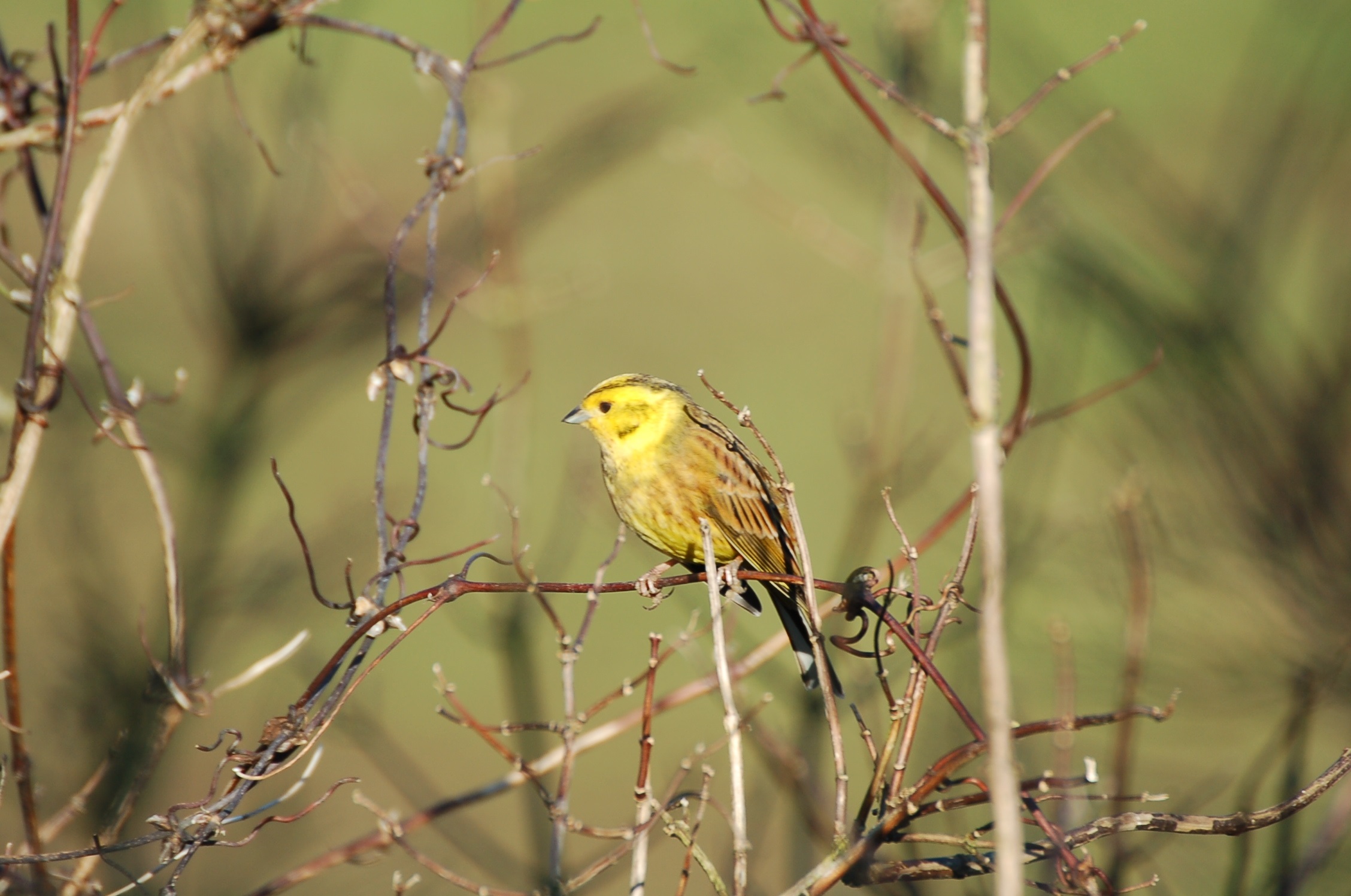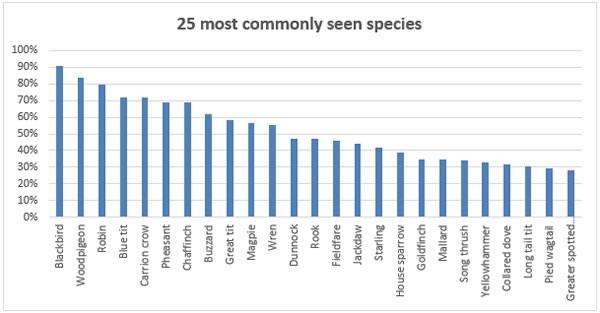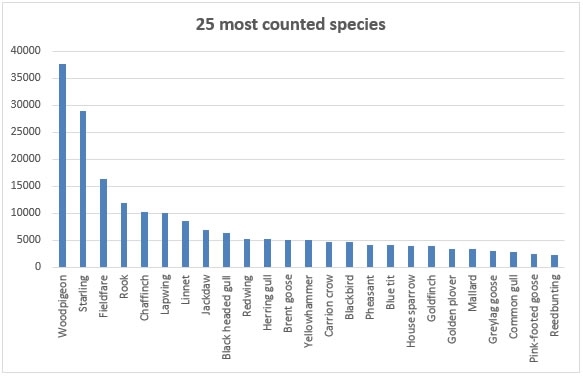
February saw the fourth annual Big Farmland Bird Count organised by the Game & Wildlife Conservation Trust, with record numbers of participants and species recorded.
More than 970 farmers took part and recorded 112 species across around 900,000 acres. That’s more farmers than in previous years.
The BFBC was launched in 2014 to highlight the positive work done by farmers in helping to reverse the decline in farmland bird numbers.

The count offers a simple means of recording the effect of any conservation work currently being instigated by farmers on their land, such as scatter feeding birds through winter or growing crops specifically to provide seed for birds.
Farmers, gamekeepers and landowners are crucial in the survival and protection of many farmland bird species.
However, several of these birds are in decline and efforts to monitor their numbers varies across the country.

What did farmers see?
There were 112 species, 240,000 birds, across 783,314 acres recorded by 975 farmers.
A total of 112 species and 22 Red List species were counted across the UK. Fieldfare, starling, house sparrow, song thrush and yellowhammer were all counted in the top 25 and appear in the Red List species.
The most abundant of these, fieldfares and starlings, were seen on over 40% of the farms taking part.
For the third year the top four most abundant species were woodpigeon, starling, rook and fieldfare with chaffinch coming in fifth.
The most commonly seen species were blackbirds and woodpigeons, seen by over 80% of our participants. Robins, blue tits, and carrion crows were seen by over 70% of the farmers.
Who took part?
The type of farms taking part reflected a full range of farm businesses.
The average farm size of those taking part was 959 acres, with over 65% growing arable crops, nearly 50% having beef or sheep, and nearly 15% growing field vegetables. There were also a number of dairy farms, horticulture units, poultry producers and pig producers submitting counts.
Nearly 60% of participants are in some form of agri-environment scheme, demonstrating their long-term commitment to environmental management.
38% of participants were providing some form of extra seed feed for birds, either through growing wild bird seed mixes, or by providing additional grain through scatter feeding or via hoppers.
Farmers from every county in England took part and there were also responses from Northern Ireland, Scotland and Wales.
28 farmers from Austria also took part.
